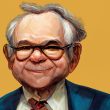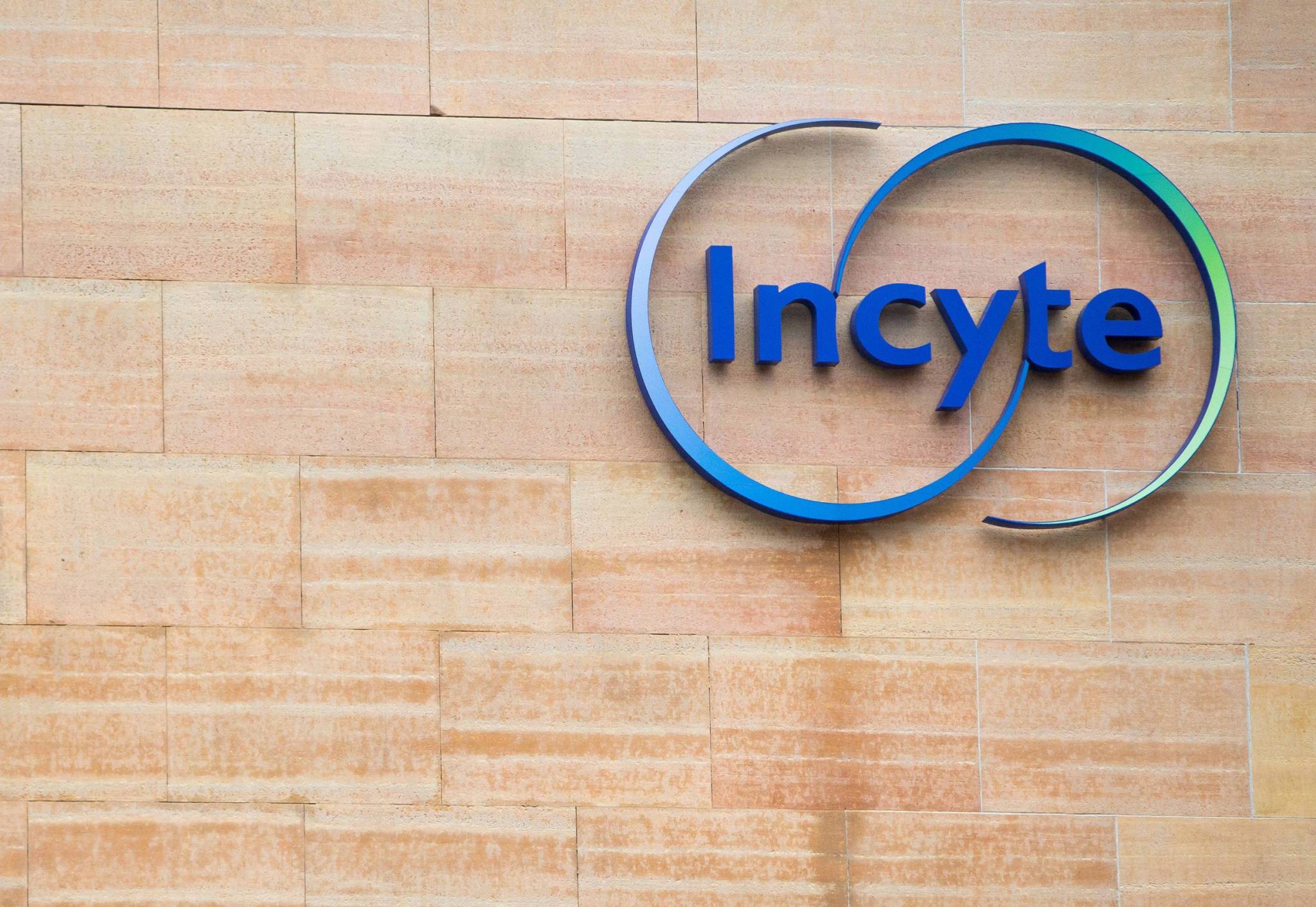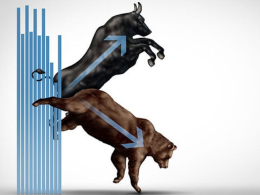by Erik Ristuben, Russell Investments
On the latest edition of Market Week in Review, Chief Investment Strategist Erik Ristuben and Investment Strategy Analyst BeiChen Lin discussed the latest interest-rate hike by the U.S. Federal Reserve (Fed), as well as recessionary risks in Europe and the status of the U.S. housing market.
Fed doubles down on inflation fight, rattling markets
Lin opened the conversation by stating that the Fed once again opted for a 75-basis-point (bps) increase in the overnight rate at its September meeting, marking the third straight time the central bank has hiked borrowing costs by 0.75%. Ristuben noted that because investors were already expecting another 75-bps increase, markets initially rose on the news, before falling during Fed Chairman Jerome Powell’s ensuing press conference.
“Powell made it clear in his remarks that the Fed will continue hiking rates until price stability is restored—at one point saying that the central bank will ‘keep at it until we’re confident the job is done.’ And Keeping At It happens to be the title of the autobiography written by former Fed Chair Paul Volcker, who crushed inflation with a series of aggressive rate hikes in the early 1980s,” Ristuben remarked. Powell’s choice of words, he said, was likely no accident, as it’s pretty clear that the current Fed chair wants to be remembered in a similar way as Volcker.
“I believe Powell wants to be seen as the person who slayed the inflation dragon—and his comments throughout the year have made it pretty clear that he is more than willing, if necessary, to put the U.S. economy into a recession in order to accomplish this,” Ristuben said. With the nation’s labor market remaining strong and wage pressures continuing to mount—even in the face of a slowing economy—Fed officials clearly feel the need to continue raising rates until there’s some evidence of a cool-down in the jobs market, he added.
Ristuben noted that this aggressive stance by the U.S. central bank has spooked markets in recent days, with investors fearing that the Fed may go too far in its rate-hiking campaign and end up causing a recession. Currently, markets expect rates to rise to around 4.4% by the end of 2022, he said.
“Right now, with the federal funds rate in a target range of 3.0% to 3.25%, U.S. monetary policy is solidly in restrictive territory. And if the Fed raises rates by another 125 basis points between now and the end of December, monetary policy is really going to be fighting against the positive nature of the economy. The challenge here is that it takes 15 to 18 months for these rate hikes to work their way through the real economy—meaning we’re not going to know if the Fed has gone too far for a while,” Ristuben explained.
Eurozone growth slows, but borrowing costs still likely to rise
Turning to Europe, Ristuben said that the magnitude of the region’s energy crisis—trigged by the Russia-Ukraine war—will likely be enough to plunge the region into a recession during the coming Northern Hemisphere winter. Despite this, however, the European Central Bank (ECB) is likely to continue increasing borrowing costs, he noted.
“ECB board member Isabel Schnabel said just as much recently, stating in an interview that the bank must continue its rate-hiking campaign even in the face of slowing economic data,” Ristuben said, noting that the ECB is in alignment with several other banks on this issue, including the Bank of England, Bank of Canada and the Fed.
“Ultimately, it’s very clear that most major developed central banks around the world are dedicated to squashing inflation, even if it results in a recession,” he observed.
Assessing recent trends in the U.S. housing market
Lin and Ristuben wrapped up the latest installment of Market Week in Review with a look at the U.S. housing market, which has been heavily influenced by the dramatic rise in interest rates. Ristuben noted that 30-year mortgage rates have doubled since a year ago, leading to a 56% decline in mortgage applications since the beginning of 2022. Unsurprisingly, this has led to souring sentiment in the housing market, he said, with the National Association of Home Builders’ housing market index falling for the ninth straight month to a level of 46 in September.
“50 is generally the demarcation line between a negative and positive environment for the housing market—and this survey shows that the overall environment is becoming more solidly negative,” Ristuben explained. He added that the headwinds currently battering the U.S. housing market are likely to persist for some time, although he doesn’t expect a cataclysmic outcome, like in 2008.
Why? Simply put, the housing situation in the U.S. today is very different than it was in the lead-up to the Global Financial Crisis, Ristuben said, due to stark differences in both supply and lending standards. “This time around, there is no supply overhang—so while I expect to see some overall softness, I don’t think there’s going to be a massive step-down in housing prices,” he concluded.
















